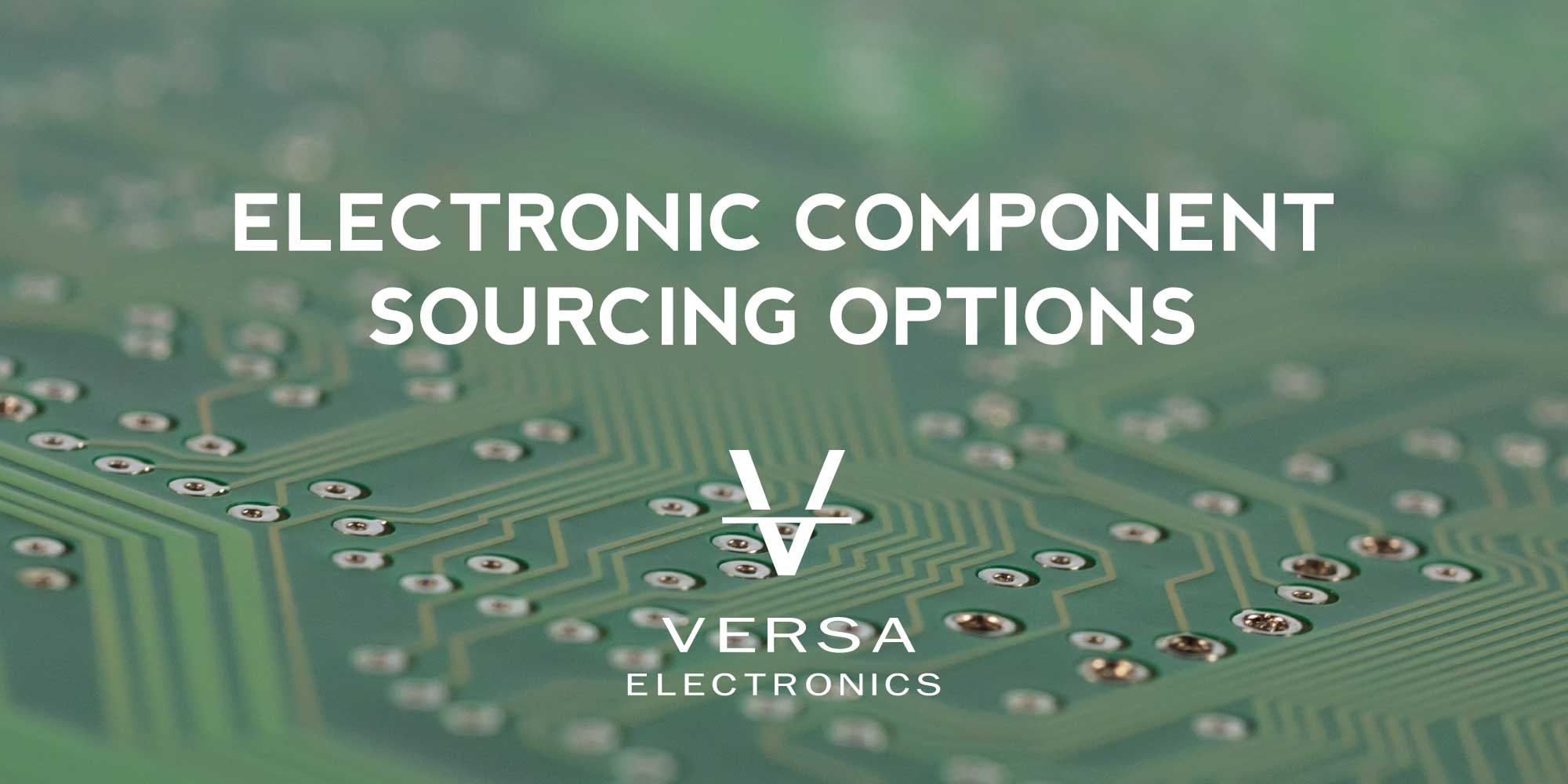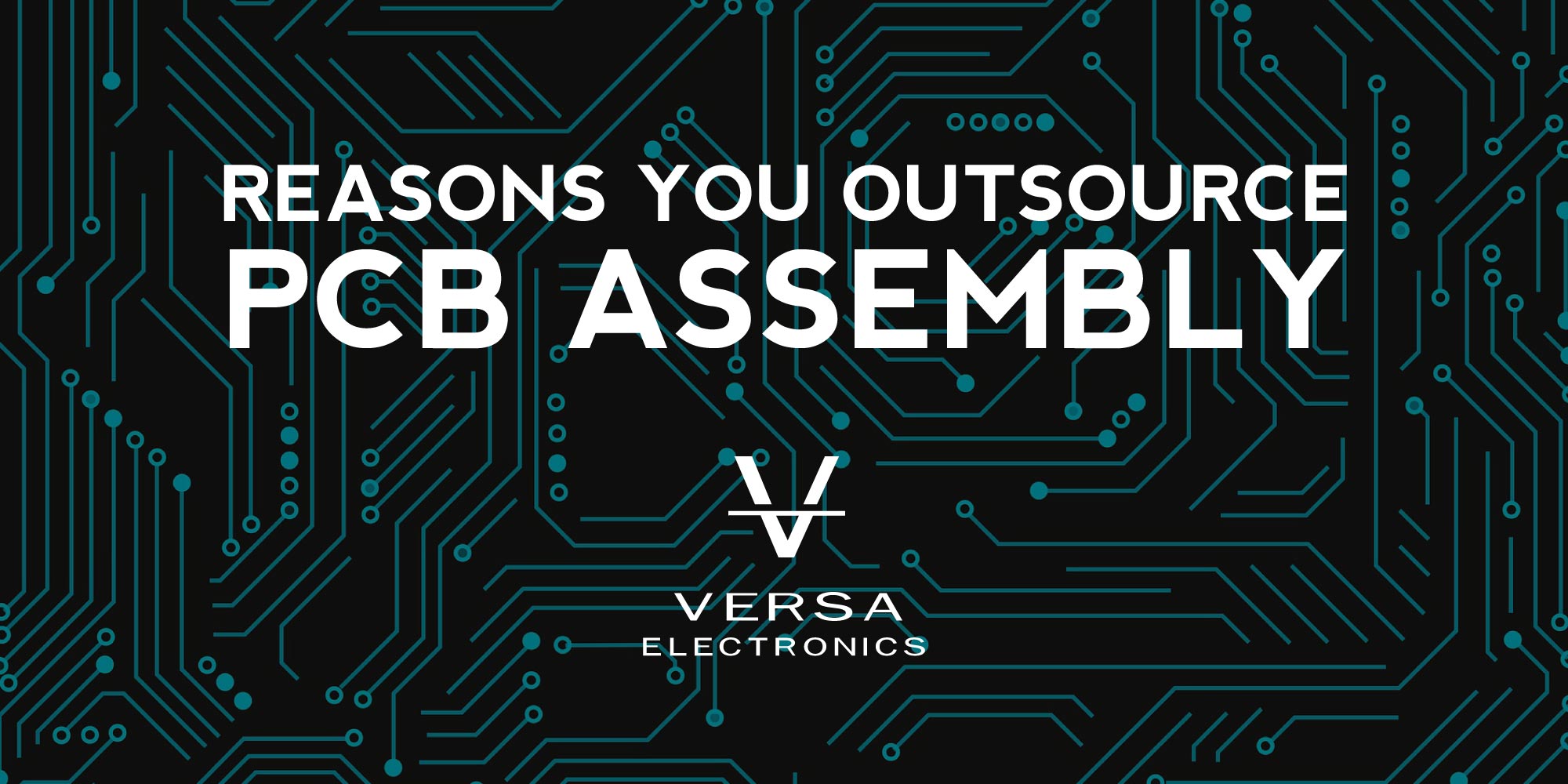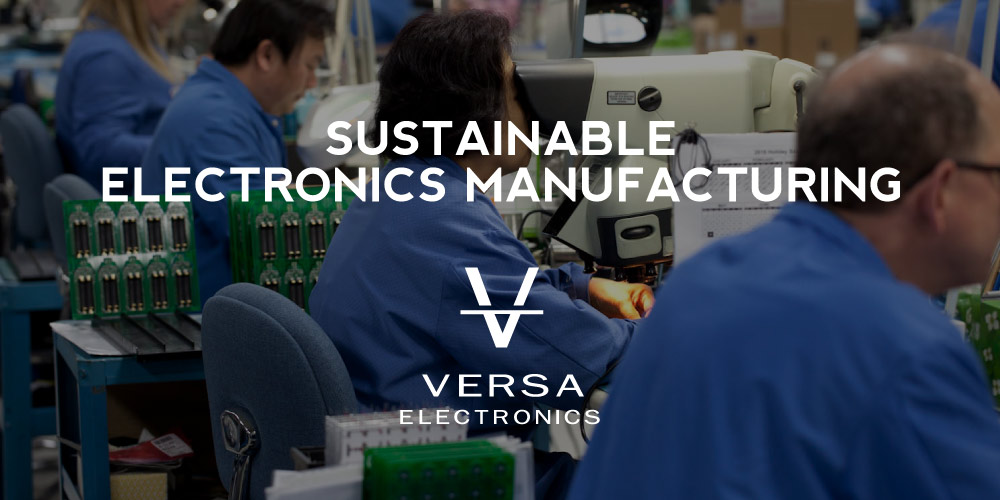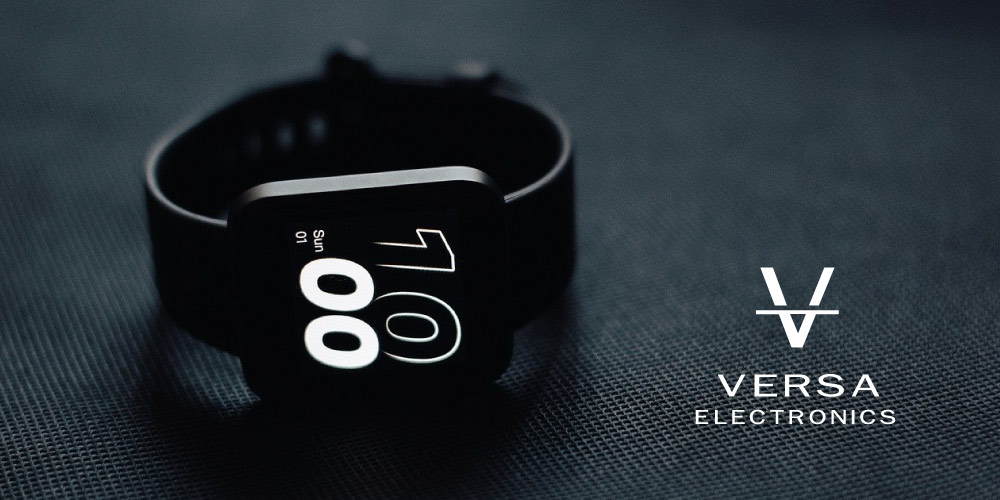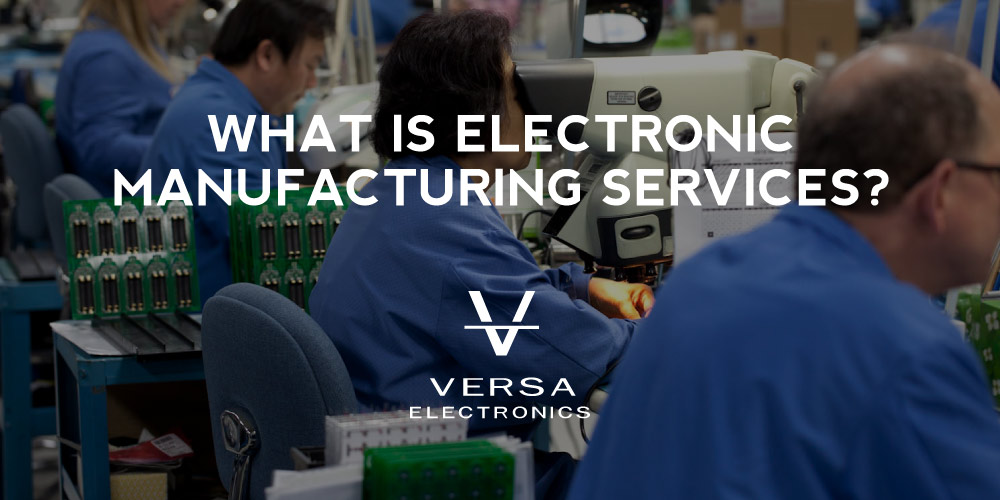Whether you have an in-house process for manufacturing electronic components or depend on a CEM (Contract Electronics Manufacturer), it’s critical to have a steadfast supply chain.
Unfortunately, today the supply chain is experiencing serious difficulties due to the global pandemic, regional disruption, and EMS providers and designers are facing a rough time sourcing quality parts for new electronics. It is not possible to depend on a few distributors, and you will have to amass several resources for electronic components.
Essentially, there are various options at your disposal when purchasing electronic components. For instance, you can deal directly with the manufacturer or bring a broker into the equation. Whatever option you select, each has pros and cons, as explained below.
1- Buying Direct from the Manufacturer
Electronic manufacturers are responsible for designing, manufacturing, and branding their products. They introduce new technology to consumers and do away with older devices in case of declining demand.
The manufacturers ensure their products reach the end-user directly or through authorized distributors. Although it’s more advantageous for buyers to get their electronic components directly from the manufacturers, not all companies are eligible for direct supply due to a low purchase volume.
Pros
- Reduces problems within the supply chain because buying electrical products from the source shortens the supply route.
- Excellent after-sales service since the manufacturer strives to protect their brand’s reputation.
- Access to quality and original electrical components: Manufacturers provide brand new products made with the best materials and well-packaged to prevent damage.
- Accountability: A manufacturer to the end-user supply chain is less complex. So, in case of anything, it’ll be easy to access the manufacturer to express your complaints, if any.
Cons
- Sourcing electronic components from the manufacturer directly calls for higher spending levels to become an eligible customer.
- In times of disruptions, giant authorized distributors may be prioritized over you.
2- Distributor-Based Purchasing
The manufacturers can also prefer a distributor-based selling strategy that comprises several selling channels, including retail stores, international distributors, and wholesalers. This helps them reach more target customers.
Besides, there are also online shopping stores such as Amazon, BestBuy, Apple, and more. In the US, Amazon.com leads in the sales of consumer electronics, with its e-Commerce net sales hitting $38,073 million US dollars in 2020.
A manufacturer can opt for a distributor-based channel to reach a wider market. They must enter into a strict agreement with the distributor regarding stock levels, targets, pricing, and more.
Pros
- Enhances a personal touch: Your electrical parts distributor will strive to know your exact application needs. This way, the products get to you on time, and you enjoy an exceptional supply chain experience.
- Offers added perks: Distributors are experts in the field. So, if there is something you are not sure about, they can address it. Also, they sometimes offer special promotions and keep you informed when new products from the manufacturer reach the market.
- Offers customized services: Each buyer has unique needs, and distributors are aware of this fact. For instance, if you are looking for a unique application or want a specific name brand, the distributors will inform the manufacturers to provide you with a product that best suits your needs.
Cons
- The supply characteristics of the manufacturer’s products may be compromised. That’s because manufacturers and distributors have independent business goals. So, product MOQ’s, packaging, and date codes could be affected in terms of quality, prices, packaging, and more.
- Lengthens the supply chain: It’s not the same as dealing with the manufacturer directly. So, if a customer has a complaint, they must go through the distributor to reach the manufacturer.
3- Brokers
Brokers have no formal ties with the manufacturers or the authorized distributors. They supply electronic components independently. You can rely on brokers to help you get hard-to-find electrical parts but dealing with them is risky to some extent.
You may also not enjoy after-sales support, and traceability becomes an uphill task. If you are not careful, you can lose money or purchase counterfeit goods if you fail to establish the credibility of your broker before you trust them. But brokers can benefit you in the following ways.
Pros
- They can help you find hard to find electrical parts
- Brokers can become an extension of your purchasing function extending your team’s reach.
Cons
- Poor after-sales support: The goal is to convince you to buy from them, and after-sale support isn’t a priority to them.
- You risk buying counterfeit goods.
- High prices: Brokers sometimes offer electronic components at inflated prices, and the end-user will shoulder the burden.
4- Catalog Supplier
These suppliers boast a broad range of product lines in small quantities. So, you can buy electronic components from them in smaller batches and have them delivered to you the following day.
Pros
- Highly convenient
- Next day delivery
- Offer products in smaller quantities
Cons
- Inflated prices due to the high level of convenience
Key Takeaway
Finally, despite the challenges in the supply chain, there are various electronic component sourcing options worth considering. These include buying from the manufacturers directly, brokers, authorized distributors, catalog supplies, etc. Select an option that works best for you.
About The Author
 Tony Zuberbuehler is a Sales Manager at Versa Electronics with a focus on electronic contract manufacturing. Tony’s career in technology manufacturing spans 25+ years and has included roles as an engineering liaison, in purchasing and material management, manufacturing and planning, customer interfaces, and product fulfillment. Connect with Tony Z on LinkedIn.
Tony Zuberbuehler is a Sales Manager at Versa Electronics with a focus on electronic contract manufacturing. Tony’s career in technology manufacturing spans 25+ years and has included roles as an engineering liaison, in purchasing and material management, manufacturing and planning, customer interfaces, and product fulfillment. Connect with Tony Z on LinkedIn.

